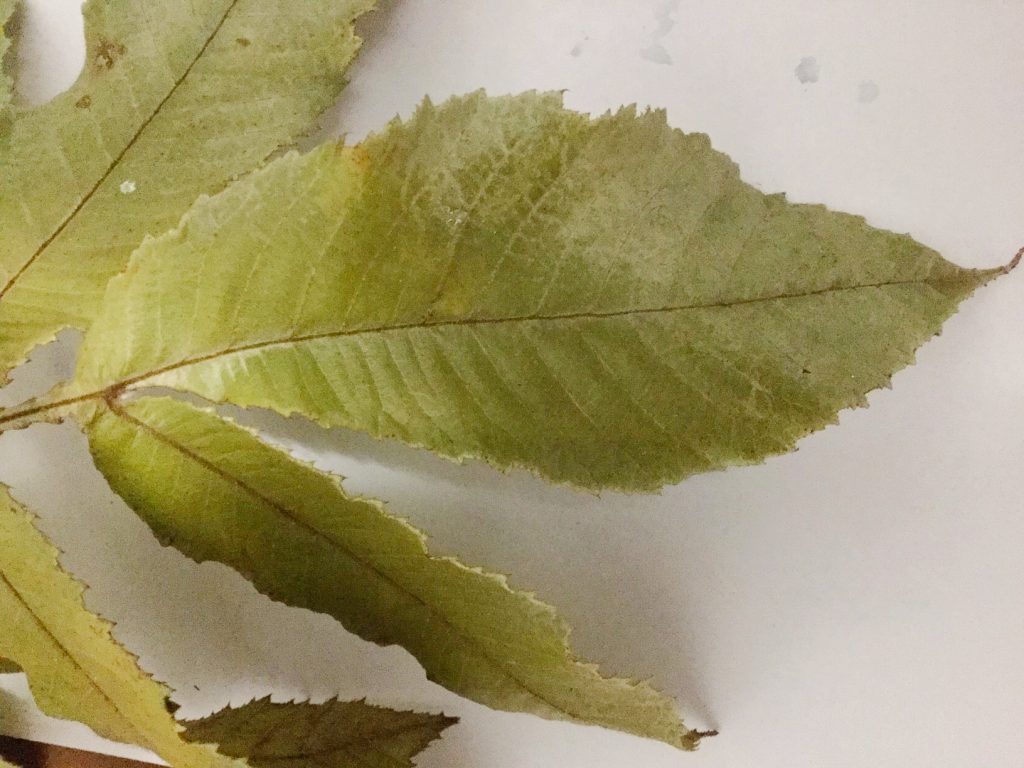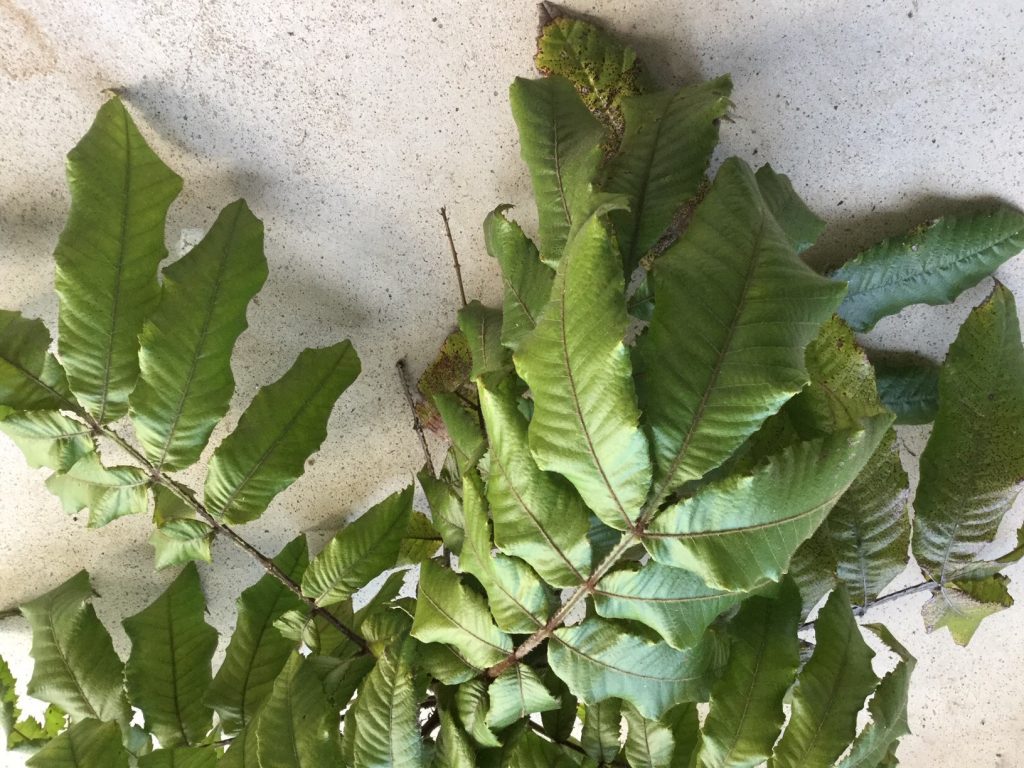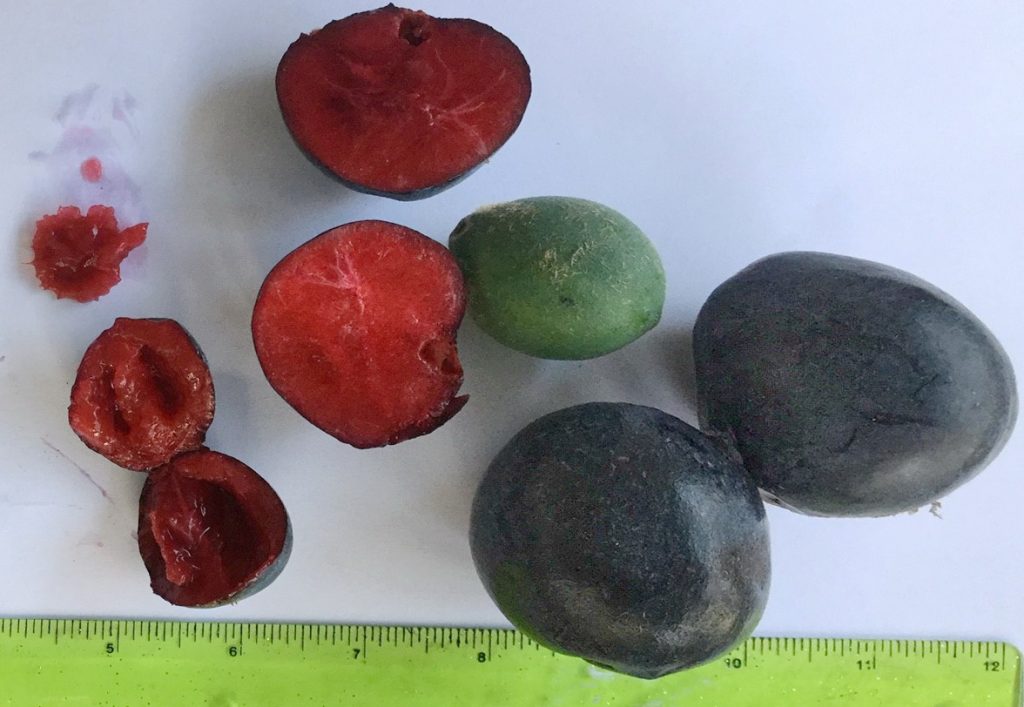I have chosen Davidson’s Plum (Davidsonia pruriens) as the July Rainforest Tree of the Month because my attention was drawn to this tree by the abundant litter of large, purple fallen fruit on the ground beneath a tree near the Paluma Environmental Education Centre’s fire pit. Investigating, I saw that the tree was well laden with bunches of fruit, some ripe and ready to fall while small green fruits were also strewn along the branches. It was early in June when I saw the fruit but fruiting can occur at any time of year.
Although it is a rainforest tree, Davidson’s Plum is not endemic to Paluma. It grows to about 18 metres high and is found from sea level to altitudes of up to 1095 metres from near the Big Table-land near Cooktown to Cardwell. There are three species of this genus endemic to Australia, one occurring in Tropical North Queensland.
The name Davidsonia, named after a pioneer sugar-cane grower, J E Davidson is ironic given that so much of the lower level rainforest where this tree occurs, has been lost to cane-fields. Pruriens, means itching or stinging and applies to Davidson’s Plum because there are irritant hairs on leaves and young fruit.
The large, hairy compound leaves of this tree are distinctive with deeply serrated edges to the leaflets and little leaf-like protrusions between the leaflets. Both sides of the leaf are covered with fine hairs.
Flowering can occur at any time. Flowers are tiny, with no petals but have four or five green or pink sepals. The grow in panicles (bunches) from leaf axils or are cauliflorous (along the trunk) or ramiflorous (on the branches).
The fruit is a drupe, (fleshy), with two seeds The developing green fruit is well covered in fine hairs which can cause considerable irritation and itching. Ripe fruit is roughly oval to round, about five centimetres long, and is dark purple to almost black with a fine powdery, whitish bloom on the surface. The flesh is dark pink. Of the two seeds, usually only one is fertile. The fruit is highly acidic, too tart to eat raw, although it was eaten by Aboriginal people, but It can be made into a delicious wine, jam or jelly. Cassowaries, Sulphur-crested Cockatoos and Double-eyed Fig-parrots eat the fruit.
A good example of the Davidson’s Plum can be seen at the forest edge behind Paluma Environmental Education Centre, near the fire pit.
Colwyn Campbell





I have been told aboriginal people used to bury the plum for a few weeks [to sweeten them up ]
before eating
Thanks Colwyn, Well written as always.